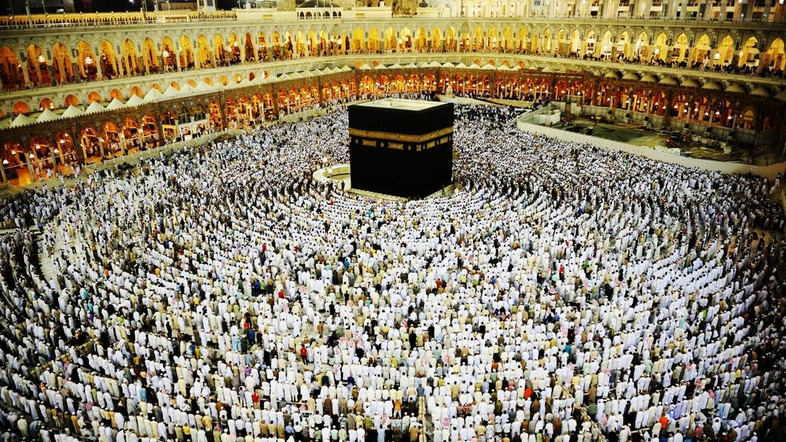
A set of religious obligations, the five pillars of Islam are fundamental to this belief system. The commitments provide a framework in which Muslims can live their lives and the obligations set out within them allow people to put their faith into action.
The last of the pillars is known as Hajj. In this blog, we take an in-depth look at what this ritual involves, how it came about and how it fits in with the other four pillars of Islam.
What is it?
As Greater Manchester-based charity Human Appeal, formerly known as Human Appeal International, points out on its website, Hajj refers to the ritual of making a pilgrimage to Mecca. Each year, millions of faithful from across the globe come together before the Kaaba in Mecca to praise Allah together. The Kaaba is a large stone structure that is located at the centre of the Grand Mosque in Saudi Arabia, which is considered to be Islam’s most sacred place of worship.
During Hajj, pilgrims are expected to wear the same simple white clothing and perform the same acts of worship to reflect the fact that they are all equal in the in the eyes of Allah. One of these acts involves a crowd of thousands of people swirling around the Kaaba seven times in a clockwise direction.
Hajj takes place in the twelfth month of the Islamic lunar calendar and all Muslims are expected to make this journey at least once in their lives if they are physically and mentally able to and can afford to cover the costs.
How did the Tradition Arise?
The tradition of an annual pilgrimage to Kaaba dates back as far as 628 AD. Islamic teachings state that the Kaaba was originally built by the Prophet Abraham and Ishmael, his son, in honour of God. However, over time local people with polytheistic beliefs began to use the structure to keep idols. It is said that during the seventh century, God instructed the Prophet Muhammad to travel to the site and ensure that the Kaaba was restored as a place of worship for only one God. In 1628, he embarked on this journey with 1,400 followers, setting a yearly ritual in motion.
What are the Remaining Four Pillars?
As well as trying to complete the Hajj at least once during their lives, Muslims are expected to recognise the other four pillars of Islam. Detailing these on its website, Human Appeal UK notes that the first two pillars are to have faith – meaning to believe in Allah and his messenger Muhammad – and to pray five times a day. The third pillar is to give to charity, while the fourth is to fast during Ramadan.
By observing each of the five pillars, Muslims aim to lead good and responsible lives and to show that they are putting their faith first and not just trying to fit it into their secular routines.






